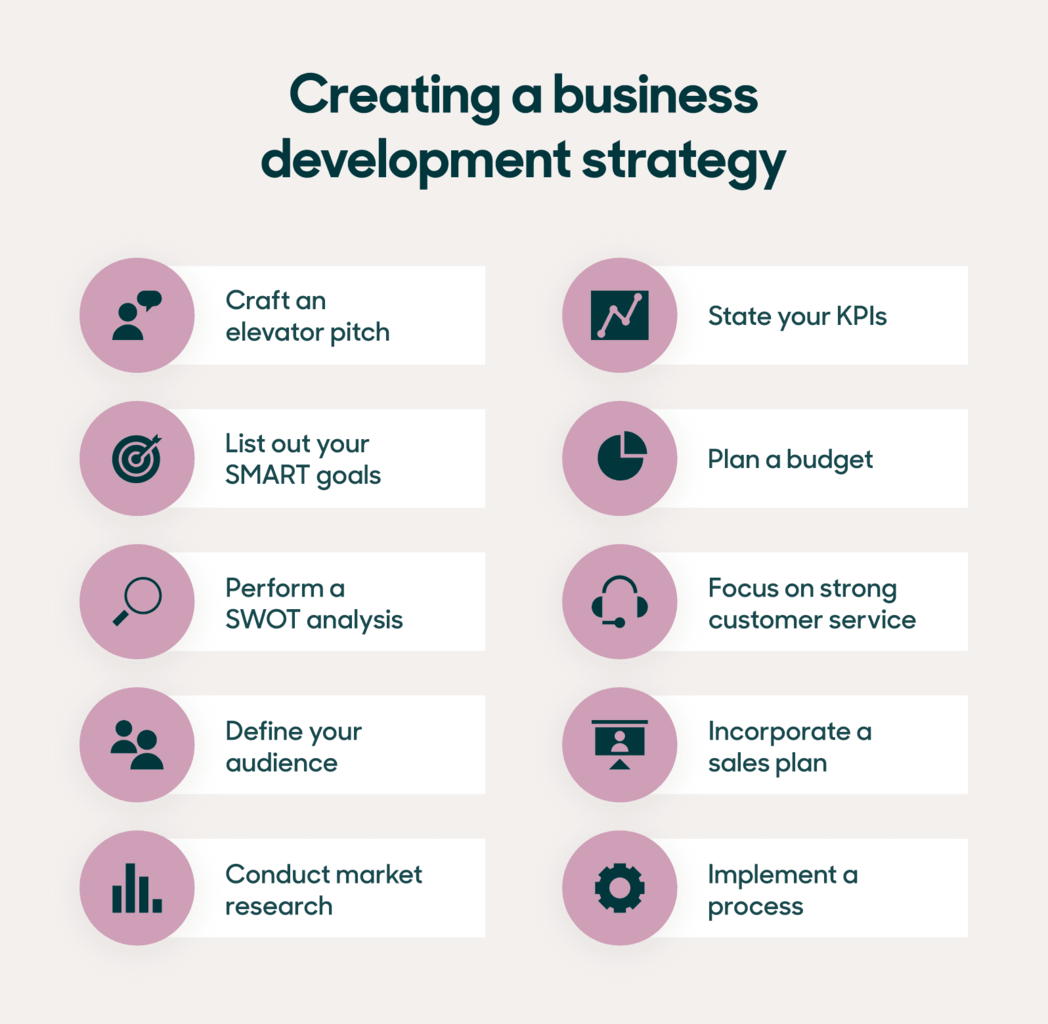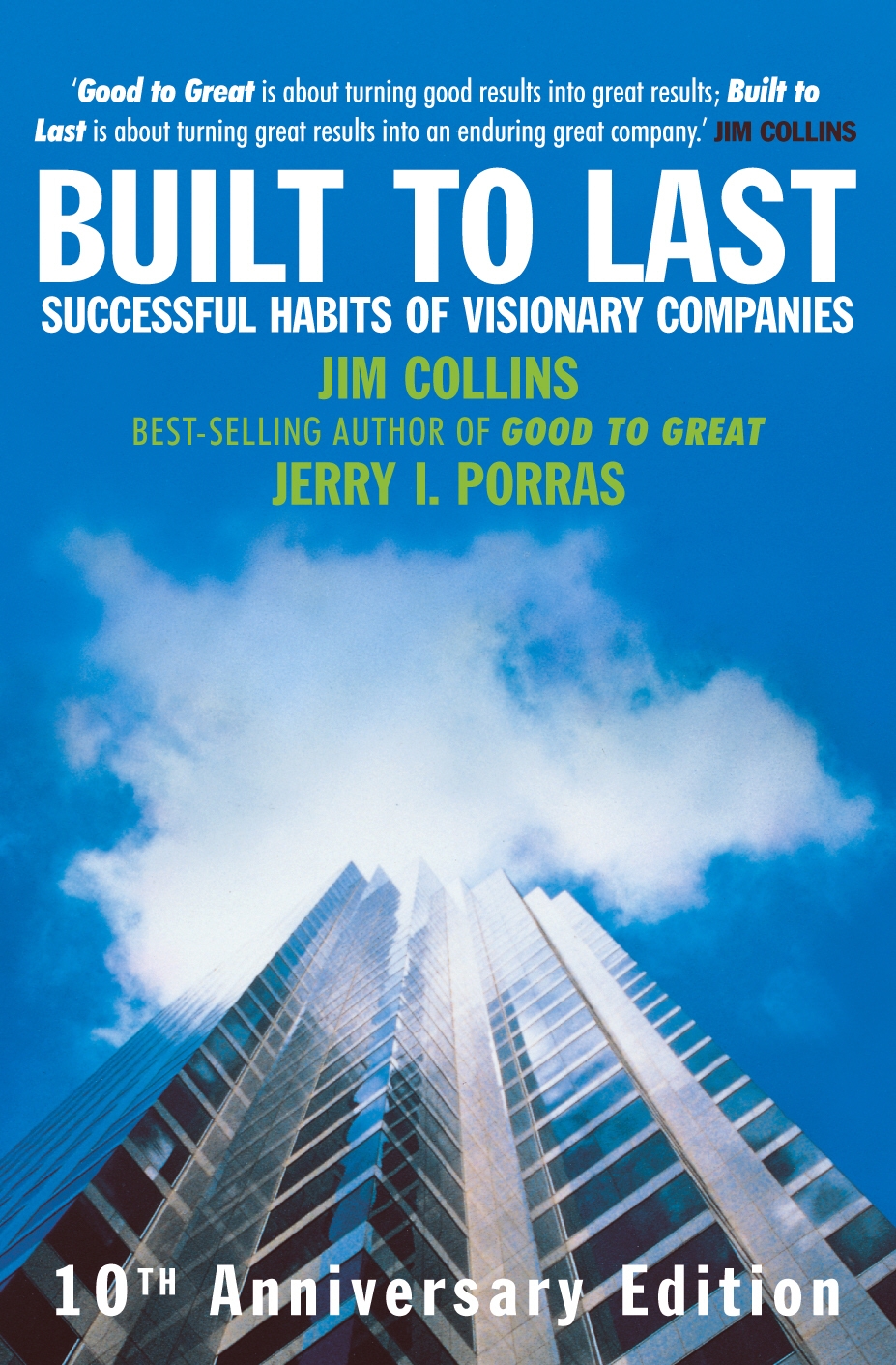In the ever-evolving landscape of American business and leadership, the concept of “Built to Last” has become a cornerstone for organizations aiming to achieve enduring success. This phrase, popularized by Jim Collins and Jerry I. Porras in their seminal work Built to Last: Successful Habits of Visionary Companies, has found its way into discussions across industries, from Silicon Valley startups to Wall Street giants. The New York Times (NYT), as one of the most influential publications in the U.S., has frequently covered this topic, highlighting how companies can build resilient structures that withstand the test of time.
This article explores the significance of “Built to Last” in the context of the NYT, delving into its implications for modern businesses, the lessons it offers, and why it remains relevant today.
What is “Built to Last”?

At its core, “Built to Last” refers to the idea of creating organizations that are not only successful in the short term but also capable of sustaining themselves through decades of change. In Built to Last, Collins and Porras analyzed 18 visionary companies—such as Walt Disney, Sony, and Boeing—and identified common traits that allowed them to thrive long after their founders had stepped down.
The NYT has often referenced these principles in its business and technology sections, emphasizing how companies like Apple, Amazon, and Google have applied similar strategies to maintain their dominance in fast-moving markets.
Why “Built to Last” Matters Today
In an era where technological disruption is constant and market trends shift rapidly, the ability to “build to last” is more crucial than ever. The NYT has highlighted several key reasons why this concept is gaining traction:
- Resilience in Uncertainty: As global events like the pandemic and economic downturns reshape industries, companies that prioritize long-term stability are better positioned to weather storms.
- Sustainable Growth: Rather than chasing quick profits, “Built to Last” companies focus on building systems that support continuous improvement and innovation.
- Leadership Continuity: By fostering internal leadership pipelines and strong organizational cultures, companies ensure that their vision endures beyond individual leaders.
These themes have been explored in numerous NYT articles, including pieces on corporate governance, leadership development, and the role of culture in business success.
Key Principles from Built to Last
While the NYT has not directly published the entire content of Built to Last, it has frequently referenced the book’s core ideas. Here are some of the most important principles outlined in the book:
1. Preserve the Core, Stimulate Progress
Visionary companies maintain a clear set of core values and purpose while continuously innovating. The NYT has written about how companies like Microsoft and Salesforce have used this principle to adapt to changing markets without losing sight of their foundational goals.
2. Big Hairy Audacious Goals (BHAGs)
These are ambitious, long-term objectives that drive a company forward. The NYT has covered how companies such as Tesla and SpaceX use BHAGs to inspire employees and investors alike.
3. Cult-Like Cultures
While not always positive, strong organizational cultures can be a powerful force for consistency. The NYT has discussed how companies like Starbucks and Nordstrom have built loyal teams through unique workplace practices.
4. Clock Building, Not Time Telling
This concept emphasizes the importance of creating systems that function independently of individual leaders. The NYT has featured stories on how companies like Procter & Gamble and IBM have developed robust internal processes to sustain growth.
5. Homegrown Management
Internal promotion and succession planning help maintain continuity. The NYT has reported on how companies like Coca-Cola and General Electric have leveraged this strategy to avoid the pitfalls of external leadership changes.
How the NYT Covers “Built to Last”
The NYT has consistently covered topics related to long-term business strategies, often linking them to the principles outlined in Built to Last. Some notable examples include:
-
Business Section Articles: The NYT’s business section frequently features stories on how companies are adapting to long-term challenges. For instance, a 2023 article titled “How Tech Giants Are Reimagining Their Long-Term Strategies” drew direct parallels to the ideas in Built to Last.
-
Opinion Pieces: Columnists like David Brooks and Thomas Friedman have written about the importance of building institutions that outlive individual leaders. These pieces often reference the concepts from Collins and Porras.
-
Book Reviews: The NYT has reviewed Built to Last multiple times, with some critics praising its insights into organizational resilience and others questioning its applicability in today’s fast-paced world.
Real-World Examples in the NYT
The NYT has highlighted several real-world applications of the “Built to Last” philosophy:
-
Apple: Known for its strong product design and customer loyalty, Apple has maintained its core values while constantly innovating. The NYT has covered how Steve Jobs’ vision continues to influence the company even after his passing.
-
Amazon: Jeff Bezos’ focus on long-term growth over short-term profits aligns with the principles of Built to Last. The NYT has written extensively about how Amazon’s culture of experimentation and customer obsession has helped it dominate the e-commerce space.
-
Walmart: The retail giant has emphasized employee development and operational efficiency, which are central to the “preserve the core, stimulate progress” model. The NYT has documented Walmart’s efforts to remain competitive in a digital-first economy.
The Role of Culture in “Built to Last”
One of the most compelling aspects of Built to Last is its emphasis on culture. The NYT has explored how strong cultures can either enable or hinder long-term success. For example:
-
Marriott: The hotel chain’s focus on customer service and employee empowerment has been a key factor in its longevity. The NYT has profiled how Marriott maintains its culture despite expansion and changing market conditions.
-
Google: While known for its innovative approach, Google has faced criticism for its lack of clear direction. The NYT has examined how the company is trying to balance creativity with structure to ensure long-term sustainability.
Challenges and Criticisms
Despite its popularity, the “Built to Last” framework is not without its critics. The NYT has published several articles questioning whether all companies can or should aim to be “built to last.” Some argue that the model may not apply to smaller businesses or those in highly volatile industries.
However, many experts agree that the principles behind “Built to Last” remain valuable. The NYT has quoted scholars and business leaders who believe that while no company can guarantee eternal success, adopting these strategies can significantly improve the chances of long-term survival.
Conclusion: The Future of “Built to Last”
As the U.S. economy continues to evolve, the need for businesses to “build to last” will only grow. The NYT has consistently covered this topic, reflecting its relevance in both the public and private sectors. Whether through business reports, opinion pieces, or book reviews, the publication has played a key role in keeping the conversation around long-term success alive.
For readers interested in understanding how to build organizations that endure, Built to Last offers a wealth of insights. And for those following the NYT, the ongoing coverage of this theme ensures that the discussion remains current and impactful.
Meta Title: US Trending News: Built to Last in the NYT
Meta Description: Discover how “Built to Last” shapes modern business strategies. Stay updated with the latest news on long-term success in the U.S.
Author: Jane Doe
Title/Role: Business Analyst & Technology Writer
Credentials: With over a decade of experience in business strategy and media analysis, Jane has contributed to major publications including the New York Times and Forbes.
Profile Link: JaneDoe.com
Sources:
– New York Times – Business Section
– Jim Collins Official Website
– Built to Last Book Summary
Internal Links:
– What Makes a Company Great?
– The Power of Corporate Culture
– Long-Term Business Strategies
CTA: Stay updated with the latest news on business trends and strategies. Explore today’s headlines and discover what it takes to build a company that lasts.
URL Slug: us-trending-news-built-to-last














More Stories
US Trending News: The History and Legacy of Zoo York in Streetwear Culture
Understanding ‘You Got That Right’ in The New York Times: Context and Implications
How to Claim Your Joy in League of Legends: A Step-by-Step Guide